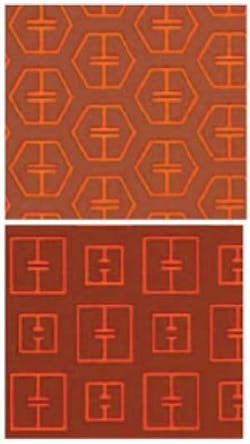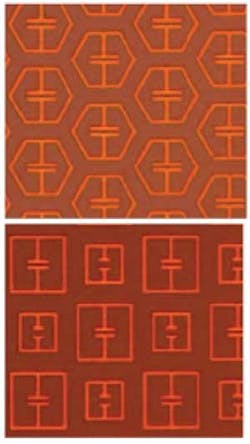New planar metamaterials structures may act as chemical-agent detectors
In addition to their starring role in negative-refractive-index materials and cloaking devices, metamaterials may play a new part in detectors of biological and chemical agents. Scientists in Boston have developed novel metamaterial geometries–planar “wallpaper” structures that repeat in a hexagonal or square cell patterns. Different configurations of the subelements can be targeted to resonate at chosen frequencies, such as a molecular vibration frequency.
Christopher Bingham and colleagues at Boston College and Boston University built tiny wire metamaterial structures in arrays that repeated several designs: a repeating single cell pattern (n = 1), tiled patterns of two different cells (n = 2 as in a checkerboard) and tiling patterns of three different cells (n = 3). They then exposed the planar metamaterials to terahertz radiation and obtained the transmission spectra across a range of frequencies from 0.4 to 1.6 THz. One n = 2 structured wallpaper yielded frequency resonances at approximately 0.5, 1, and 1.25 THz. Another design exhibited resonance with the electromagnetic signature of the molecule biotin. The structures could also find potential use in electronic signature control. Contact Christopher Bingham at binghach@bcedu.

